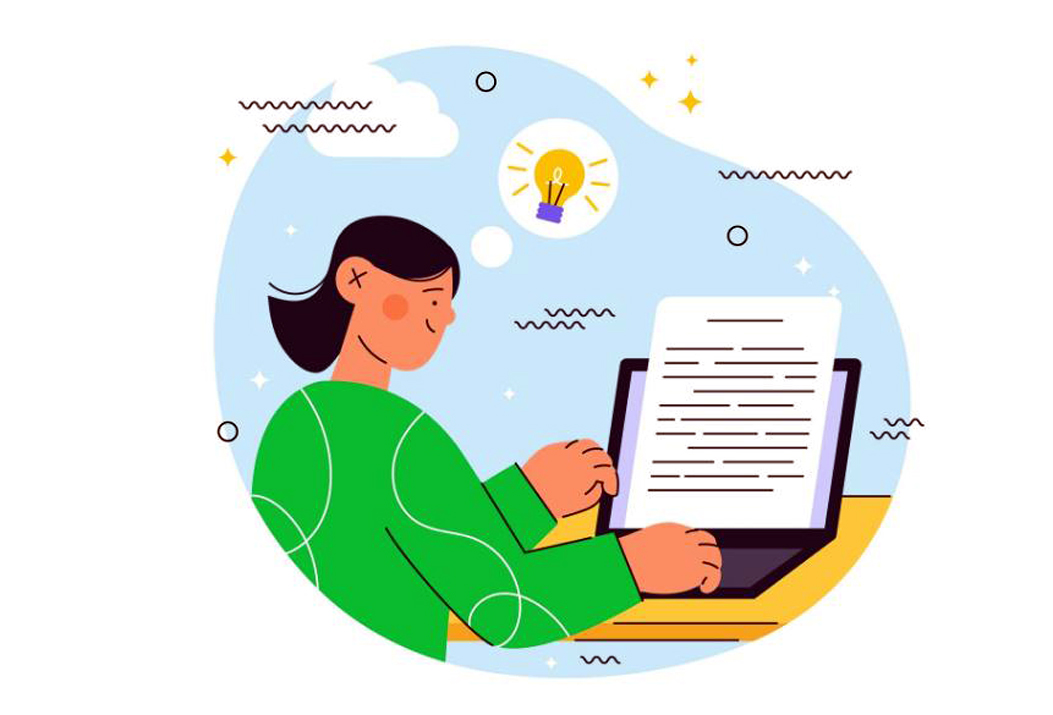Prepositions are words that show the relationship between a noun or pronoun and other words in a sentence, often indicating location, direction, time, or manner. They typically answer questions like where?, when?, or how?
Here’s a breakdown of how they are used:
1. Showing Location or Position:
The book is on the table.
The cat is hiding under the bed.
They live in California.
The museum is near the park.
The airplane flew above the clouds.
She stood beside him.
The keys are inside the drawer.
2. Indicating Direction or Movement:
He went to the store.
The bird flew towards the window.
They walked along the beach.
The car drove through the tunnel.
She jumped into the pool.
The ball rolled down the hill.
He came from Canada.
3. Expressing Time:
The meeting is at 3 PM.
I will see you on Monday.
They arrived in the morning.
Before dinner, we went for a walk.
After the movie, we went for ice cream.
She lived there for five years.
During the summer, it gets very hot.
4. Showing Relationships (Manner, Purpose, Possession, etc.):
He wrote the letter with a pen.
This gift is for you.
She is a friend of mine.
They traveled by train.
The cake was decorated with frosting.
He did it without help.
Key things to remember about prepositions:
They usually come before a noun or pronoun: This noun or pronoun is called the object of the preposition. Together, the preposition and its object form a prepositional phrase.
Prepositional phrases act as adjectives or adverbs: They modify nouns or verbs in the sentence.
Adjective: The book on the table is mine. (on the table describes the book)
Adverb: He walked to the store. (to the store tells where he walked)
Some prepositions are made up of more than one word (complex prepositions): examples include in front of, next to, because of, in spite of.
The same preposition can have different meanings depending on the context: For example, “on” can indicate location (on the table), time (on Monday), or a state (on fire).
Prepositions can sometimes be tricky because their usage can be idiomatic: This means there aren’t always strict rules, and sometimes you just have to learn which preposition goes with certain verbs, nouns, or adjectives (e.g., listen to, afraid of, interested in).
Mastering prepositions is crucial for clear and accurate English communication. Pay attention to how native speakers use them and practice using them in your own writing and speaking.
